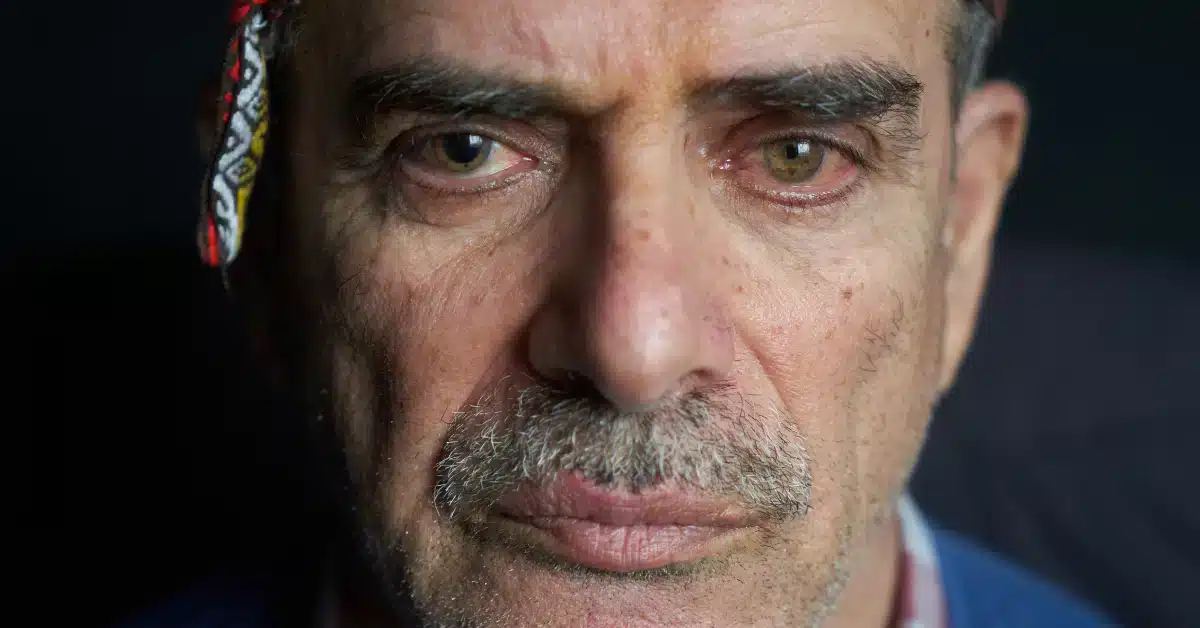Secondary Cataract: Causes, Symptoms, and Treatment Options
A Secondary Cataract occurs after the surgery for the primary Cataract. To learn more about Secondary Cataracts, read on.
Secondary Cataract is a condition that occurs after Cataract surgery.
Medically it is also known as Posterior Capsular Opacification (PCO).
It is found that almost 20% of patients who have gone through cataract surgery will develop Secondary Cataracts.
It appears after a few months or years of the surgery, causing opacification of the posterior capsule.
Read along to learn about Secondary Cataract symptoms, causes, and treatment.
Signs and symptoms of Secondary Cataracts
Secondary Cataracts develop years or months after the surgery.
The signs and symptoms of PCO are similar to that of a usual Cataract.
The symptoms of Secondary Cataracts include
- Nearsightedness
- Farsightedness
- Difficulty in seeing colors and contrasts
- Blurry or hazy vision
- Halos surrounding lights
- Light glare
- Elschnig’s pearls
After your Cataract eye surgery, the doctor will schedule follow-up appointments for six months.
This is done to keep a check on Secondary Cataracts.
Cause of Secondary Cataract (Posterior Capsular Opacification)
Cataract surgery is an outpatient procedure.
In the surgery, the Cataract is removed by making an incision in the outer layer of the lens.
It is done in a structure called a capsular bag holding the lens in place.
Ultrasound technology is then used to break and remove the cloudy lens.
After this, a new artificial intraocular lens is placed in the capsular bag.
In some cases, a few tiny cells that cannot be seen during the surgery remain attached to the capsular bag.
These cells start growing across the capsular bag.
The growth of cells leads to a very thin film of scar tissues making the lens cloudy.
This cloudy lens blocks light from reaching the retina at the back of the eye.
Hence, people who experience Secondary Cataract after the surgery suffer difficulties in clear vision.

Who is at risk of getting Secondary Cataracts
There is no surefire way to predict whether the Cataract surgery will trigger a Secondary Cataract.
Some risk factors are associated with it.
Some of these include,
- Being younger than 60 years of age at the time of cataract surgery
- Those who have already done Glaucoma or Retina surgery
- Uveitis patients
However, prevention is not possible, even if you know the risk factors of Secondary Cataracts.
Treatment
There is only one treatment for Secondary Cataracts- YAG laser capsulotomy.
It is a simple outpatient procedure taking a few minutes to complete.
A laser capsulotomy creates an opening in the murky lens capsule for the light to pass through the posterior capsule.
During the procedure, an incision is made in the posterior capsule using an advanced YAG laser.
The laser is applied to the eyes accurately and precisely to create a hole in the posterior capsule.
It penetrates the capsule’s center hole, allowing light to pass through to the retina.
Hence, allowing the retina to form a clear image and restoring the vision.
After a Secondary Cataract treatment

About an hour after the capsulotomy, the eye doctor will check the eye pressure to ensure no apparent infection or risky inflammation.
They will then examine the posterior capsule to verify the procedure’s success without any side effects.
There may be a minor blurring of vision.
It is normal due to the eye effects which were administered.
After the YAG laser capsulotomy, a Secondary Cataract will likely not happen again.
Takeaway
Secondary Cataracts usually develop as a side effect of Cataract surgery.
They can cause clear vision issues because of scar tissue development in the posterior capsule.
Doctors usually perform YAG laser treatment for treating Secondary Cataracts.
If you are experiencing any symptoms, contact your doctor immediately.
Frequently Asked Questions
Can Secondary Cataracts be cured?
The only treatment which can eradicate Secondary Cataracts is called YAG laser capsulotomy. It is a simple outpatient procedure that can be completed in a clinic quickly.
What are the symptoms of Secondary Cataracts?
The symptoms of Secondary Cataracts include hazy vision, halos around light, and difficulties in seeing nearby and faraway objects.
Do Secondary Cataracts get worse?
The cells grow and clump with time, which may cloud the capsule and prevent light from reaching the retina. Thus they block light and result in hazy and cloudy vision.
WowRx uses only high-quality sources while writing our articles. Please read our content information policy to know more about how we keep our content reliable and trustworthy.






